Syllabus …
Unit – I : Fundamentals of design (10 Hours, 14 Marks)
1.1 Machine design philosophy and phases in design, Design considerations.
1.2 Types of loads, Concept of stresses, Bearing pressure, Bending and torsion stresses, Principal stresses, Strain, Stress-strain diagram. (Simple Numericals)
1.3 Factor of safety, Conditions for selection of F.S.
1.4 Stress concentration meaning, Causes and Remedies.
1.5 Designation of materials as per IS and introduction to International standards, Advantages of standardization, Use of design data book, Use of standards in design and preferred numbers series.
1.6 Concept of creep, Fatigue, S-N curve, Endurance limit.
1.5 Maximum principal stress theory and maximum shear stress theory.
1.6 Modern design considerations, Ergonomics and aesthetic considerations in design. Ecology, Social consideration and concept of product design.
Unit – II : design of joints, levers and offset links (08 Hours, 08 Marks)
2.1 Design of cotter joint, Knuckle joint.
2.2 Turnbuckle.
2.3 Design of levers : Hand/Foot lever.
2.4 Bell crank lever.
2.5 Lever for lever safety valve.
2.6 Design of off-set links, C-clamp, Overhang crank.
Unit – III : design of shafts, keys and couplings (10 Hours, 16 Marks)
3.1 Types of shafts, Shaft materials, Standard sizes, Design of solid and hollow shafts based on strength and rigidity criteria.
3.2 Design of hollow and solid shaft for combined bending and twisting moments and considering the effect of shock and fatigue. ASME code of design for line shaft supported between bearings with one or two pulleys in between or one overhung pulley.
3.3 Types of keys, Effect of keyway on the strength of shaft, Design of rectangular and square sunk key.
3.4 Types of couplings, Design of muff coupling, Flanged couplings (protected and unprotected) and bushed pin type flexible coupling.
Unit – iv : design of power screws and fasteners (12 Hours, 16 Marks)
4.1 Basic concepts of power screw, Thread profiles used for power screws, Relative merits and demerits of each, Self locking and overhauling properties, Torque required to overcome thread friction, Efficiency of power screws, Types of stresses induced.
4.2 Design of screw jack, Toggle jack (only screw and nut).
4.3 Stresses in screwed fasteners, bolts of uniform strength, Design of bolted joints subjected to eccentric loading.
4.4 Design of parallel and transverse fillet welds, Axially loaded symmetrical section.
Unit – v : design of springs (06 Hours, 10 Marks)
5.1 Classification and applications of springs, Spring – Terminology, Materials specifications. Stresses in helical tension and compression springs, Wahl’s correction factor, Deflection of springs, Energy stored in springs.
5.2 Design of helical tension and compression springs subjected to concentric applied loads like I.C. engine valves, Weighing balance, Railway buffers.
5.3 Leaf springs ; Construction and applications.
Unit – VI : selection of antifriction bearings and gears (02 Hours, 06 Marks)
6.1 Classification of bearings : Sliding contact and rolling contact.
6.2 Terminology of ball bearings : Life load relationship, Basic static load rating and basic dynamic load rating.
6.3 Selection of ball bearings using manufacturer’s catalogue.
6.4 Design of spur gear using Lewis and Buckinghams equation. (Simple numerical), Selection of gears from standard sizes.


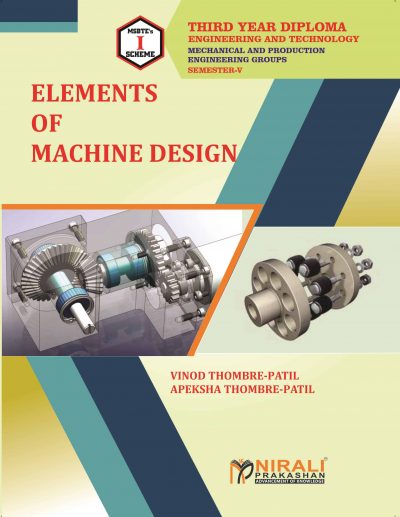
 Zoom
Zoom

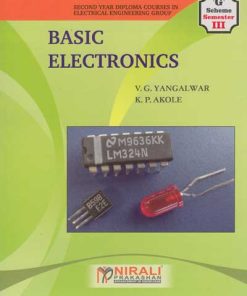
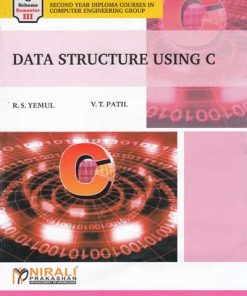

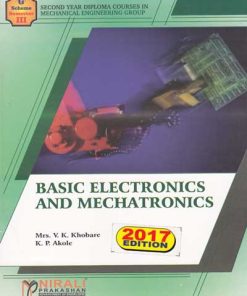
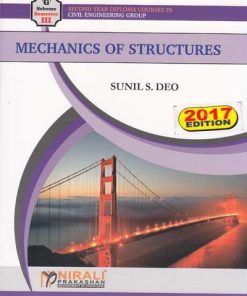
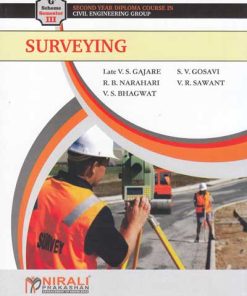
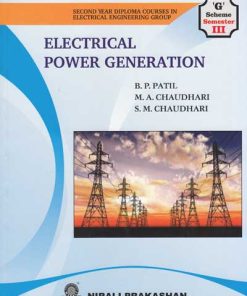
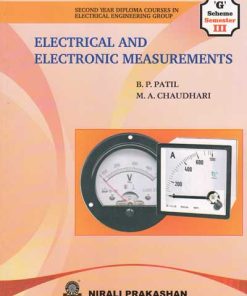


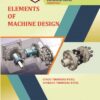
Reviews
There are no reviews yet.